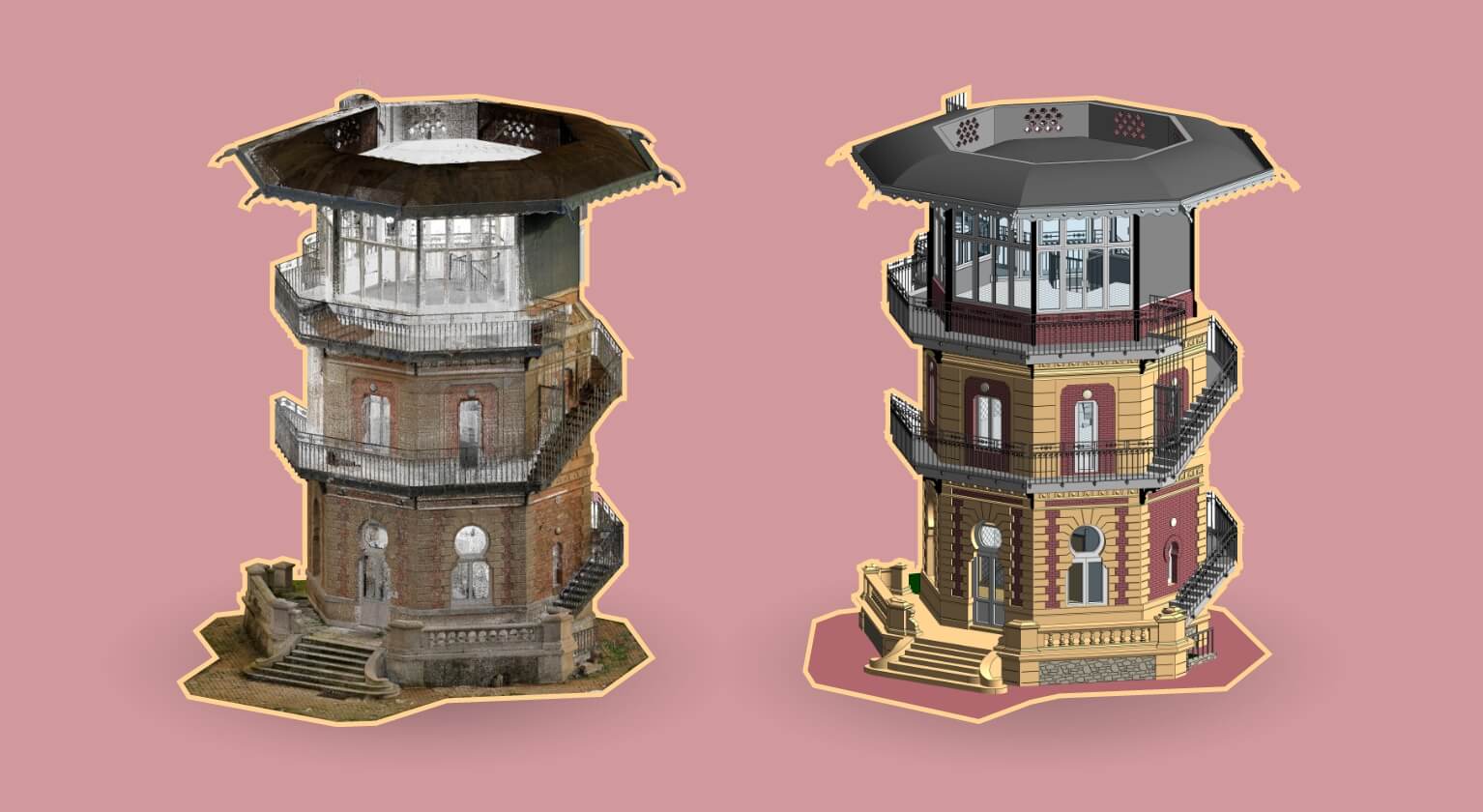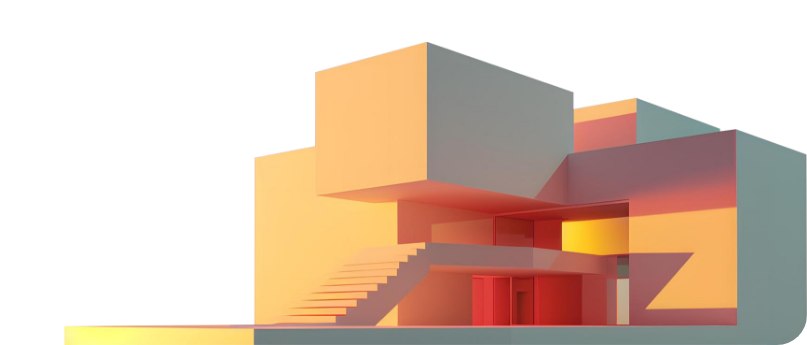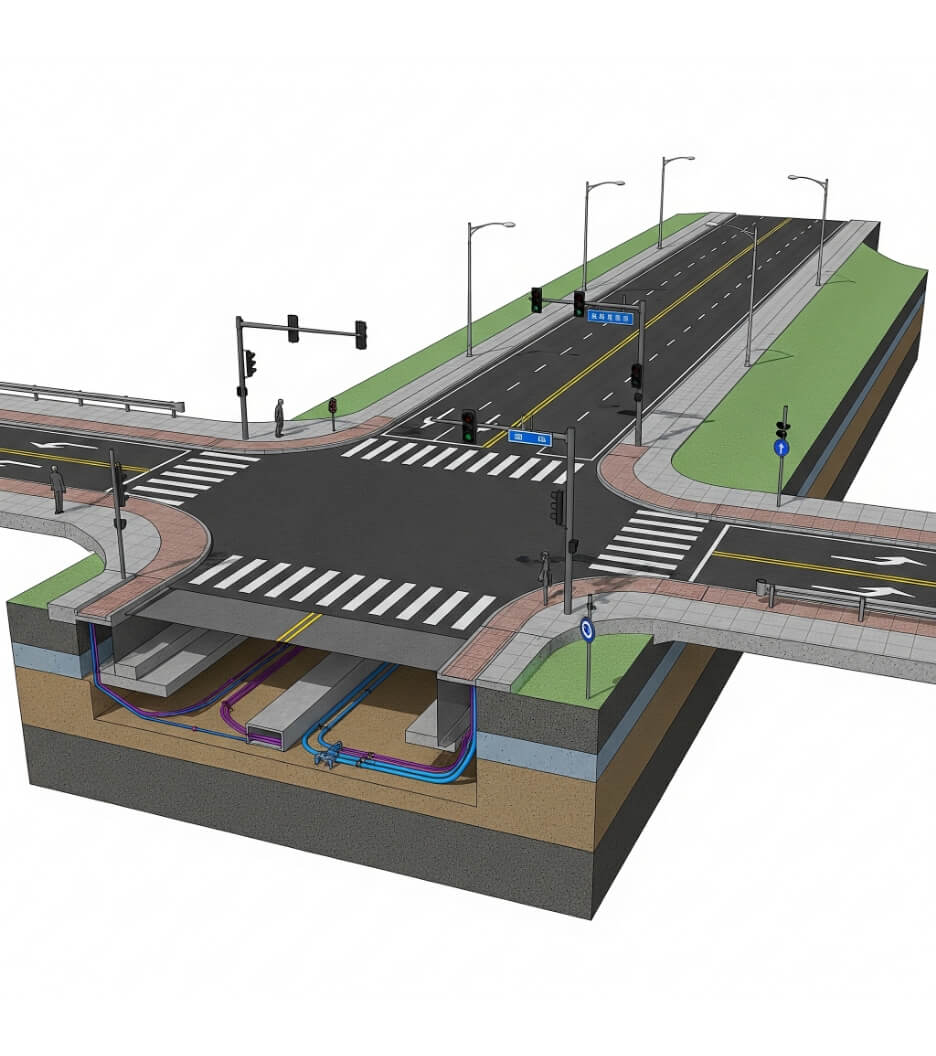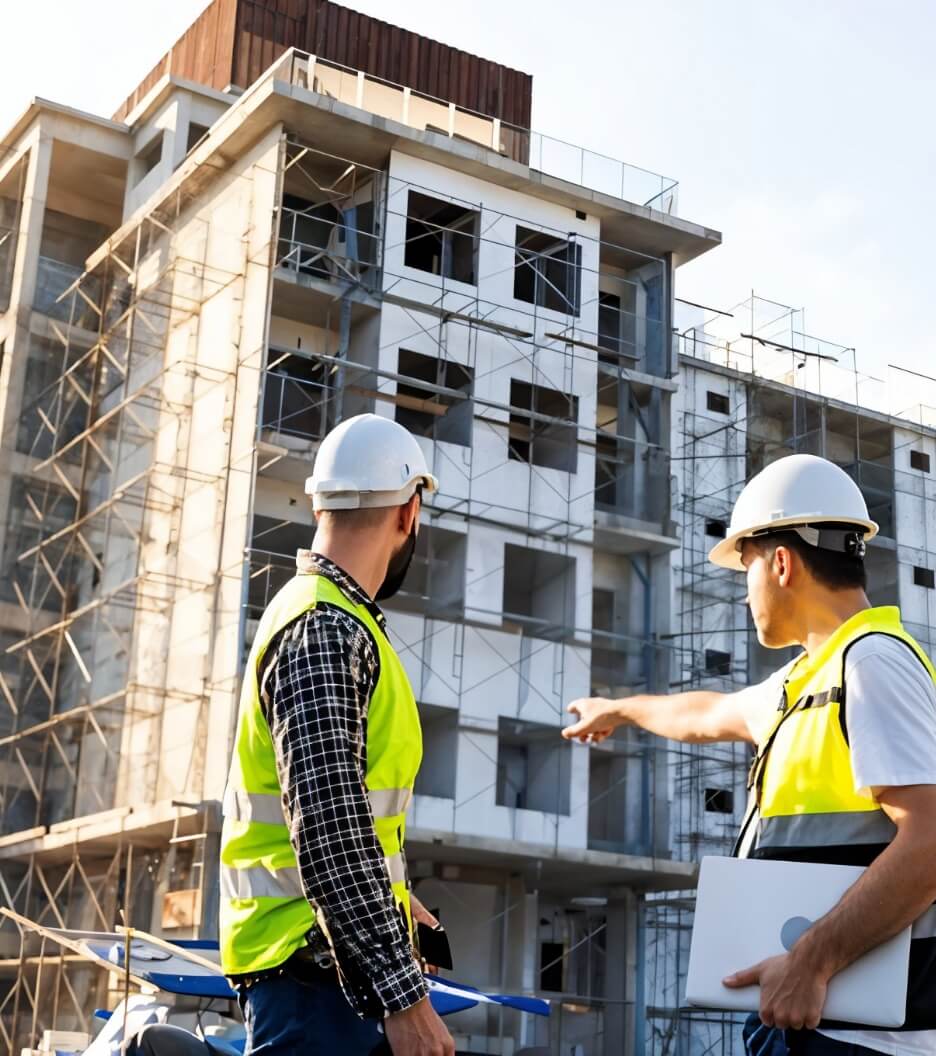 Rahul Dogra
Rahul Dogra
Acute Role of Scan to BIM for Historic Restoration and Preservation
 Rahul Dogra
Rahul Dogra

Send Us Your Requirement
In the 21st century, witnessing historic buildings and marvelous infrastructure are the testaments of the rich culture and history that they represent. Around many different nations, historical monuments built in ancient times showcase the intricate craftsmanship of great architecture. As a matter of fact, historical sites and structures represent the ancient art by which today’s architects and engineers are inspired. On the contrary, preserving our cultural heritage becomes essential to transcend it to future generations.
As time marches forward quickly, numerous factors can affect old architecture, making evident the responsibility to safeguard architectural marvels. Additionally, preserving heritage sites that are decades or centuries-old monuments requires an imperative and advanced working approach to preserve without dismantling the uniqueness, style, and design of the structure.
All the historical sites were constructed with complex calculations, expert judgments, and expertise. Additionally these monuments didn’t have any crucial plans or blueprints which can be studied to understand the complex making of these structures. Hence, this makes the process of preservation an arduous task. Although in the modern era where AEC has and is still undergoing a radical technological and remarkable innovations transformation, BIM services is one of the innovations making waves into the architecture industry.
Primitive Approach to Preserve Historic Buildings with Scan to BIM
Get in Touch
As a matter of fact, BIM quickly became popular among architects and engineers due to its long list of benefits and enabling accurate and persistent results. Apart from building information modeling, Scan to BIM services stand out prominently in the AEC sector. It is also widely known as point cloud to BIM, which is typically utilized in the process of renovation, refurbishment, or any reconstruction of the property. The use of Scan to BIM or point cloud services is an innovative approach for renovation projects as it eliminates manual measurements. Let’s get deeper insights into how scan-to-BIM technology works to preserve historic sites.
Brief Intro to Scan to BIM Services and Its Approach
In the early times, restoring or renovating heritage sites was a painstaking task which required accurate details and accuracy manually. However, with remarkable innovations making waves, Scan to BIM services have made it easy for AEC professionals to preserve historical monuments with accuracy while maintaining their true essence with design style. Scan to BIM services is a process of capturing an entire area through equipment called a laser scanner, which collects data (as in points) holding important information on the site’s biological and functional characteristics that are further loaded into BIM software.
To break down, initially the entire structure or its dedicated space is scanned through laser; later, the scanned data or image is imported into a 3D BIM model to renovate the building’s design. Typically, the scanned information includes measurements, geometry of the area, functional characteristics of the monument, and other relevant information that makes the renovation process easier.
Nonetheless, point cloud to BIM services has replaced manual surveys resulting in less time-consuming process, elimination of errors and much more. Today, it has reshaped the entire AEC sector, resulting in more accurate surveys than those conducted with traditional approaches. Although the process requires attention to detail and efficiency, a slight error can cause a tremendous loss in the final stage of construction. On the contrary, there are multiple reasons to implement Scan to BIM services in the AEC industry due to its numerous benefits to avail.
Role of Scan to BIM in Historical Preservation
The historical building restoration process amounted to sheer complexity, detailing, and sensitive tasks. For better outcomes, the working approach requires information like historical layers, materials, characteristics, functional qualities, and more. Hence, this scan to BIM comes in handy, becoming a bridge that covers the vast informational gap and maximizes project efficiency. As a matter of fact, BIM services also plays an integral part in restoring the historical monuments as it provides accurate 3D digital representation of the site.
Once the scanning process is completed, the entire point cloud data is imported into a 3D BIM model for deep Analysis of historic structures. In fact, during the earlier times, surveyors faced major challenges that became a hurdle for providing results with precision. However, the scan to BIM process eliminates some of the major and common challenges in the renovation of historical structures, such as;
- Understanding and measuring complex geometries of walls, pillars, and domes
- Safely relocating fragile components of the structures
- Frequent visits to the site in order to survey the entire space
- A lack of drawing and documentation increases the scope of errors
All such limitations are wiped out with a scan to BIM for heritage sites. UniquesCADD has completed numerous scans of the BIM services project for historical structures to renovate. UniquesCADD completed a project for a renowned architect in France requiring an acute renovation of the historical watch tower house.
Benefits of Scan to BIM Services for Surveyors
The use of Scan to BIM for heritage sites has become a popular technology for accurately preserving rich heritage monuments. It provides accurate measures through advanced equipment covering the entire area and converting scanned data into 3D models for digital representation of the site. The following are some of the benefits that can be acquired through the accurate process of scanning and modeling.
Benefits of Scan to BIM Services for Surveyors
Save Precious Time
Better Insights for Decision-Making
360 Project Visualization
Accurate Structural Details
Accurate Load Calculation
Enhanced Asset and Material Identification
Accurate documentation for easy reconstruction
Brief Analysis of space, construction, and demolition
The above-mentioned benefits are some of the benefits; however, they can only be attained when scanned files are incorporated in the BIM workflow for accurate project creation. Meanwhile, Scanning to BIM makes it easier for surveyors to capture large areas of space without frequent visits. Additionally, it also helps nurture the collaborative nature among other AEC professionals.
In a Nutshell
Preservation and restoration of historical monuments have gained wide popularity in the AEC industry. Since historical buildings and monuments are the symbols of our rich heritage, culture, and architectural marvel. Hence, ensuring the longevity and accurate management of these complex structures is essential. Scanning to BIM services plays a major role in the transformation, with a list of benefits that streamline and accurately enhance the process of restoring heritage sites. Moreover, it ensures that the complex sites are preserved in their natural and true essence while encompassing modern architecture and construction industry standards.


